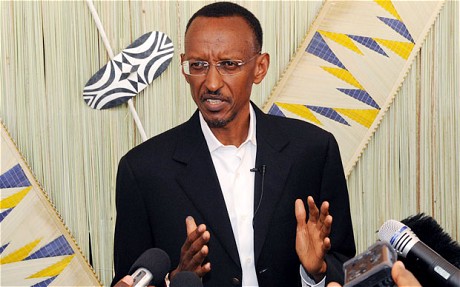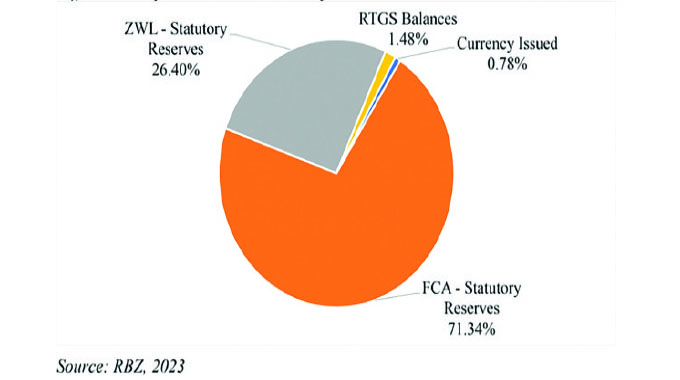HR analytics creates value in organisations
Matthias Ruziwa HR Issues
“Business leaders are looking to HR data for evidence of HR’s value-adding capability and capacity to address challenges being faced by their respective organisations. HR analytics has the potential to help the HR Practitioner drive real value-creation in organisations”. Zimbabwean organisations are being faced with the reality that amongst the four pillars in a well-balanced score-card namely; Financials, Customers, Internal processes and People, the first three pillars cannot in any way be attained if the People aspect is not addressed properly.
Connecting HR data with the strategic objectives of the business can help HR managers to demonstrate the return on investment (ROI) of HR.
Organisations which follow good practice should have up to date, clearly defined data which is robust and of high quality and communicate it to business.
According to a research entitled ‘The Significance of the Human Resource Function in the Zimbabwe Iron and Steel Industry’ published in The International Journal of Management, Technology and Engineering, Journal 3, Issue 7 of 2013 (<http://www.jimra.us>) conducted by the writer along with Marcus Mutanga and Patience Siwadi who are both lecturing at the Graduate School of Business Leadership at Midlands State University, it was found that organisations in the industry covered by the study still had HR departments that were grappling with traditional personnel management activities.
May I say here that the global trends have revealed that without accepting a paradigm shift where HR is considered as a strategic business partner i.e. playing the architectural role, the organisation`s profit levels remains dwindled.
An organisation which views its people as the number one asset is the one that allocates the HR division a seat in the Boardroom.
It is against this background where I seek to enlighten how the HR Practitioner can make a difference in driving and underpinning the organisation`s dreams, mission, values and goals.
The key to achieving this is none other than HR analytics.
Put in simple words, HR analytics is the application of analysis and data processing procedures to HR/people data to provide information and insights about the nature of individuals in organisations and the value that they add.
This is what the Board of Directors wants to hear as opposed to basic reports e.g. absence and sickness, labour turnover, engagements and terminations.
The impact or value added to business from your data is what the Board seeks to hear from HR.
HR analytics is the application of mathematical, statistical and data mining techniques to HR and business data to explore concepts and ideas and solve HR-related business problems.
HR analytics enables better decision making by providing an organisation with insights about the workforce and the HR policies and practices that support them.
Analytics may be used to look at the traits of the workforce, in particular its human capital: the value of individual knowledge, skills and experience of individuals and teams.
When an organisation reports on the insights gathered through HR analytics, it’s often known as human capital reporting. HR analytics enables the Board of Directors and teams in the organisation to understand more about the people in their organisation, how they’re performing and how they’re creating value for the organisation.
In turn, this enables HR practitioners and business leaders to make better business decisions.
Globally, organisations are looking to HR analytics to better understand the strategic level of human capital management: the value of the workforce and how to drive productivity and performance.
And at the operational level of human capital management, organisations are looking to HR analytics to understand how the workforce engages, develops and fulfils objectives to meet higher-level business targets.
Business leaders aware of these human capital dilemmas are looking to HR data for evidence of HR’s value-adding capability and capacity to address them.
Approaches to analytics differ across organisations and sectors with businesses developing individual approaches to how they conduct HR analytics.
Organisations often build their own central HR analytics team to own and manage the HR analytics process and provide insights to customers/users in the business. Some organisations prefer to base individual HR analysts within small centres of expertise to explore specific concepts. Others prefer to outsource analytics to external experts who can use HR data to provide insights and guidance from an independent expert perspective.
However, I do recommend that HR functions should look to attract new talent into the profession from across a broad selection of functions and backgrounds, including finance, marketing and operations. New graduates to the profession should come from highly numerical or statistical disciplines, such as psychology, sociology or engineering.
With new disciplines entering the profession, mentoring and cross-functional relationships should be brokered between HR and business partners, to build new knowledge and develop a strong understanding of HR.
HR analytics should aim to connect HR data with business data to demonstrate a particular aspects of the organisation that business leaders should be informed about to help them make decisions, enable HR leaders to design and implement HR management activity in an efficient and effective manner and allow the business and HR to measure the effectiveness of HR in delivering against its objectives.
Accordingly HR leaders should look to include HR analytics as a core part of all projects and proposals coming from the Board of Directors, and in particular should focus on landing high-value projects for the rest of the business.
Communicating through consistent and robust reports to senior leaders should be viewed as a vital objective of future HR analytics activity, and HR directors in particular should become well versed in explaining the many different types of data and quality outputs that can arise from HR analytics processes.
In conclusion, I would like to encourage HR professionals to learn and be able to apply analytical skills at every level in their career. Junior-level professionals coming out of colleges and universities should be provided with mentors and senior managers inside and outside of the function to understand HR analytics and the value of HR data to the organisation.
HR business partners in particular should develop their understanding of business and people data and look to foster strong relationships between the HR analytics function and business units.
Disclaimer: Opinions expressed herein are solely those of the author Matthias Ruziwa is an experienced and progressing Strategic Human Resource Practitioner based in the Midlands Province, City of Kwekwe. You can contact Matthias at the following email address: [email protected] Whatsapp 0773 470 368







Comments